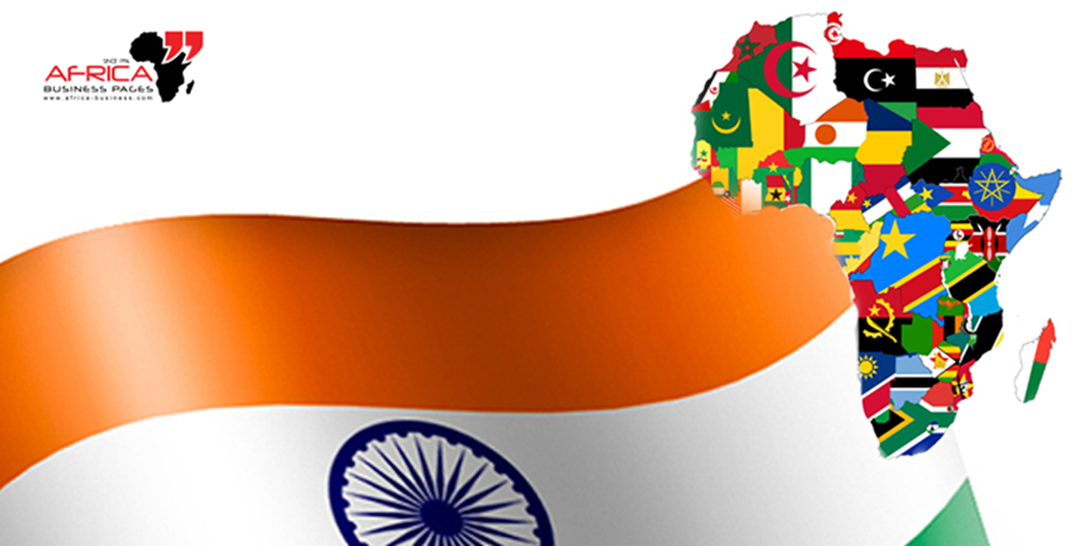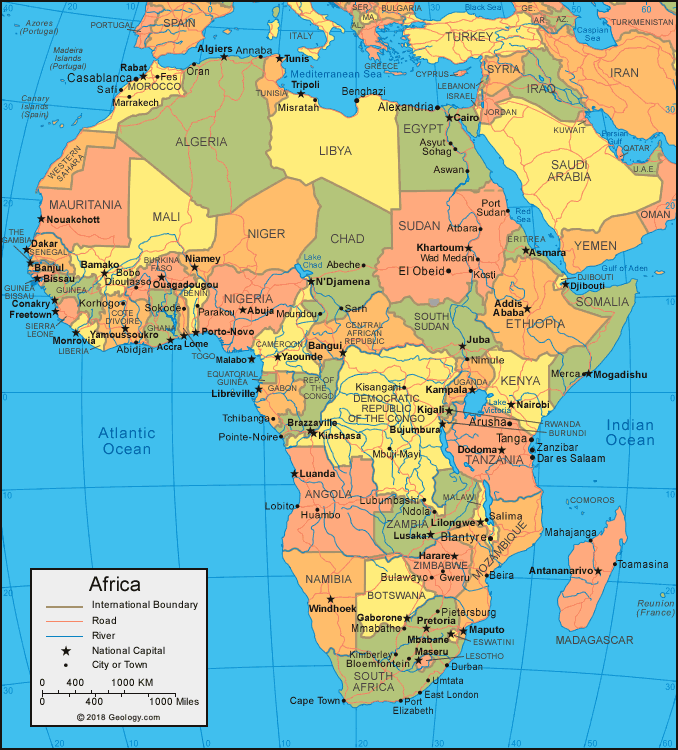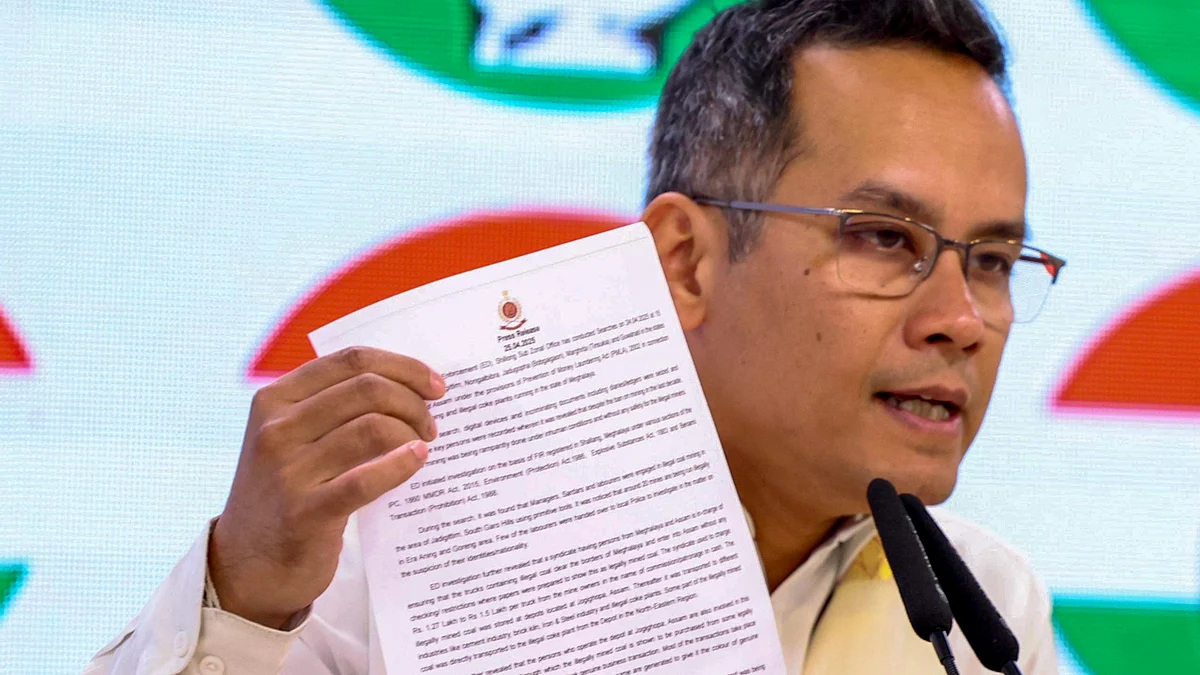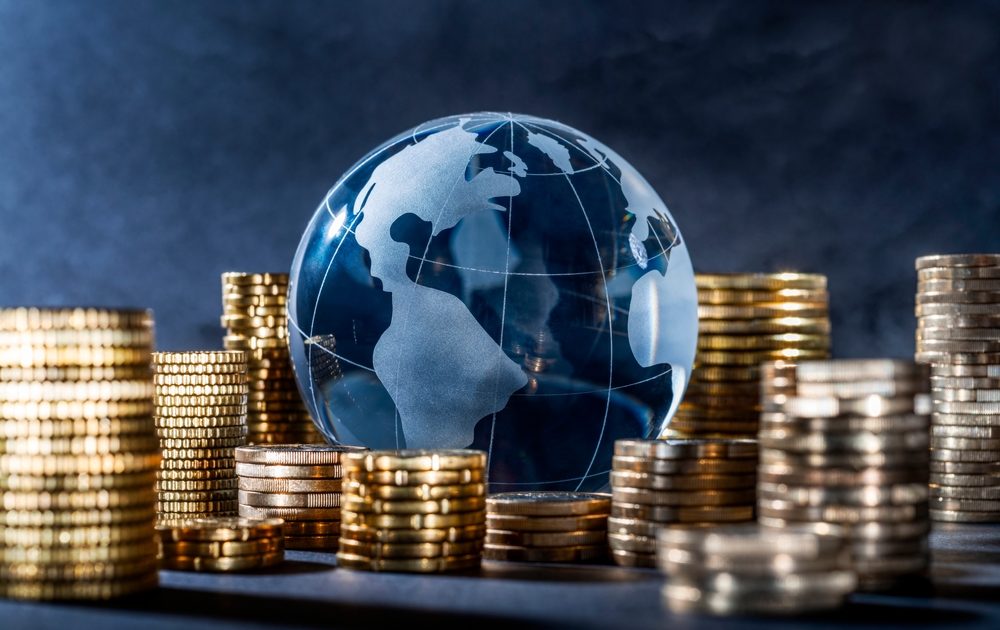- Courses
- GS Full Course 1 Year
- GS Full Course 2 Year
- GS Full Course 3 Year
- GS Full Course Till Selection
- Online Program
- GS Recorded Course
- NCERT (Recorded 500+ Hours)
- Polity Recorded Course
- Geography Recorded Course
- Economy Recorded Course
- AMAC Recorded Course
- Modern India, Post Independence & World History
- Environment Recoded Course
- Governance Recoded Course
- Science & Tech. Recoded Course
- International Relations and Internal Security Recorded Course
- Disaster Management Module Course
- Ethics Recoded Course
- Essay Recoded Course
- Current Affairs Recoded Course
- CSAT
- 5 LAYERED ARJUNA Mentorship
- Public Administration Optional
- ABOUT US
- OUR TOPPERS
- TEST SERIES
- FREE STUDY MATERIAL
- VIDEOS
- CONTACT US
Africa Emerging Market for Indian Exports to Expand Rapidly
Africa Emerging Market for Indian Exports to Expand Rapidly

- Strategic Target: At the 19th India-Africa Business Conclave in New Delhi, India announced a plan to double its exports to Africa to USD 200 billion by 2030.
- Objective: This ambitious target aims to enhance economic ties and explore mutual opportunities and challenges.
How will India Double its Exports to African Countries?
- Targeting High-Growth Sectors:
- Agriculture and Agro-Products:
- Technology Transfer: Indian companies will assist in boosting Africa's food production through advanced seed technologies and agro-processing.
- Food Security: Expanding bilateral trade, which was USD 100 billion in 2022, to support Africa's food security.
- Pharmaceuticals:
- Growth Potential: With exports valued at USD 3.8 billion in 2023, India can further grow this sector by providing affordable medicines and healthcare solutions.
- Automobiles:
- Market Expansion: India aims to increase exports, focusing on Africa’s demand for two-wheelers and affordable cars.
- Renewable Energy:
- Collaborative Vision: The "One World, One Grid" initiative aims to connect energy grids globally. India’s expertise in solar and wind energy complements Africa’s renewable energy goals.
- International Solar Alliance (ISA): Over 20 African countries are members, underscoring the commitment to renewable energy.
- Logistics and Transportation:
- Infrastructure Development: Sharing the PM Gati Shakti master plan and Unified Logistics Interface Portal (ULIP) to improve logistics and multimodal connectivity.
- AfCFTA: The African Continental Free Trade Area (AfCFTA) highlights automobiles and logistics as key areas for collaboration.
- Agriculture and Agro-Products:
- Unified Approach to WTO Reforms:
- Advocacy: India supports a unified African stance on WTO reforms, especially regarding food security and technology transfer, to address protectionist global trade trends.
- Duty-Free Tariff Preference and FTAs:
- DFTP Scheme: Provides tariff preferences to 27 Least Developed Countries (LDCs) in Africa.
- FTAs: India is exploring new Free Trade Agreements (FTAs) with African nations, including South Africa.
- Strategic Cooperation:
- Support for African Union: Advocacy for the African Union’s full membership in the G20.
- Special Economic Zones (SEZs): Encouragement of Indian investments in Africa’s manufacturing zones.
- Global South Representation: India aims to be a leading advocate for the Global South, promoting inclusive growth at multilateral forums.
Current Trends in India-Africa Trade
- Trade Figures:
- Growth: Bilateral trade reached nearly USD 100 billion in FY 2022-23, with exports of USD 51.2 billion and imports of USD 46.65 billion.
- Key Exports: Petroleum products, engineering goods, pharmaceuticals, rice, and textiles.
- Top Partners: Nigeria, South Africa, and Tanzania.
- Import Composition:
- Fuels: 61% of imports, mainly crude oil.
- Precious Stones and Glass: 20%.
- Vegetables, Metals, and Minerals: Various sources.
- Export Composition:
- Fuels: 20%.
- Chemicals: 18.5%.
- Machines and Electricals: 12.59%.
- Economic Investments: India has invested over USD 12.37 billion in 206 infrastructure projects across 43 African countries.
Key Facts About Africa:

- Geography: Bordered by the Mediterranean Sea, Red Sea, Indian Ocean, and Atlantic Ocean. Includes diverse regions like the Sahara, Ethiopian Highlands, and the Great Lakes.
- Population: Africa is the second-most populous continent, with significant growth expected.
- Economy: Agriculture is a major employer; mining and tourism are also key sectors.
- Climate: Ranges from arid to tropical.
- Trade: China is Africa’s top trade partner, with a focus on gold and minerals.
Challenges for India-Africa Trade
- Addressing Non-Tariff Barriers:
- Food Safety Standards: Stricter regulations in the EU impact Indian agricultural exports, affecting trade with African countries aligned with EU standards.
- WTO Reforms for Developing Nations:
- Global Trade Issues: Unresolved issues at the WTO, particularly around agriculture and technology transfer, impact trade dynamics.
- Debt Concerns:
- Economic Stability: Rising debt ratios in sub-Saharan Africa create economic instability, affecting trade and investment opportunities.
- Chinese Influence:
- Competition: China’s dominance in trade and infrastructure projects creates an uneven playing field for other partners like India.
Way Forward
- Trade Agreements:
- Expansion: Build on existing preferential trade agreements, such as the India-Mauritius CECPA, to boost trade volumes.
- Investing in African SMEs:
- Support Growth: Provide low-cost raw materials and inputs to foster SME development, creating new export opportunities.
- Critical Minerals:
- Green Energy Transition: Leverage Africa’s mineral resources for India’s green energy needs, including electric vehicles and renewable technologies.
- Digital Innovations:
- Enhancing Trade: Utilize India’s digital public infrastructure, such as UPI and ONDC, to improve business conditions and trade relations with Africa.
Conclusion
India’s target to double its trade with Africa to USD 200 billion by 2030 reflects a strategic effort to deepen economic ties and harness mutual growth opportunities. By focusing on high-growth sectors such as agriculture, pharmaceuticals, automobiles, and renewable energy, India aims to strengthen its economic partnership with Africa. Despite challenges such as non-tariff barriers, WTO reforms, and competition from China, India’s proactive approach in investing in infrastructure, supporting African SMEs, and leveraging digital innovations provides a strong foundation for achieving its trade goals. This initiative not only aims to boost bilateral trade but also reinforces India’s role as a key player in global economic dynamics and the Global South.




